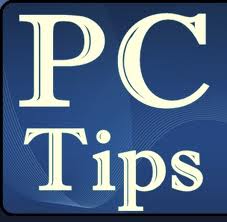With Power Options in Control Panel, you know how to reduce the power consumption of any number of your computer devices or of your entire system.
You perform this through choosing a power scheme, which is a group of settings that manages the power usage with your computer. You can build your own power schemes or use the ones available with Windows.
You can also customize the individual settings in power scheme. For example, depending on your hardware, you can:
- Turn off your monitor & hard disks automatically to economize power.
- Position the computer on standby while it is idle. While on standby, your total computer switches to a low-power state where devices, such as the monitor and hard disks, turn off and your computer uses little power. When you want to use the computer again, it comes out of standby speedily and your desktop is restored accurately as you left it. Standby is especially useful for conserving battery power in portable computers. Because Standby does not economize your desktop state to disk, a power failure while on Standby can cause you to lose unsaved data.
- Position your computer in hibernation. The hibernate feature economize everything in memory on disk, turns off your monitor and hard disk and then turns off your computer. When you restart your computer, your desktop is restored exactly as you left it. It takes longer to bring your computer out of hibernation than out of standby.
In general, you turn off your monitor or hard disk for a short period to conserve power. If you plan to be away from your computer for a while, you put your computer on standby, which positions your entire system in a low-power state.
Position your computer in hibernation when your computer is idle for an extended time or late night. When you restart the computer, your desktop is restored accurately as you left it.
To use Windows Power Options, you must have a computer that is set up by the manufacturer to support these features. For more information, see the manual that came with your computer.

No comments:
Post a Comment